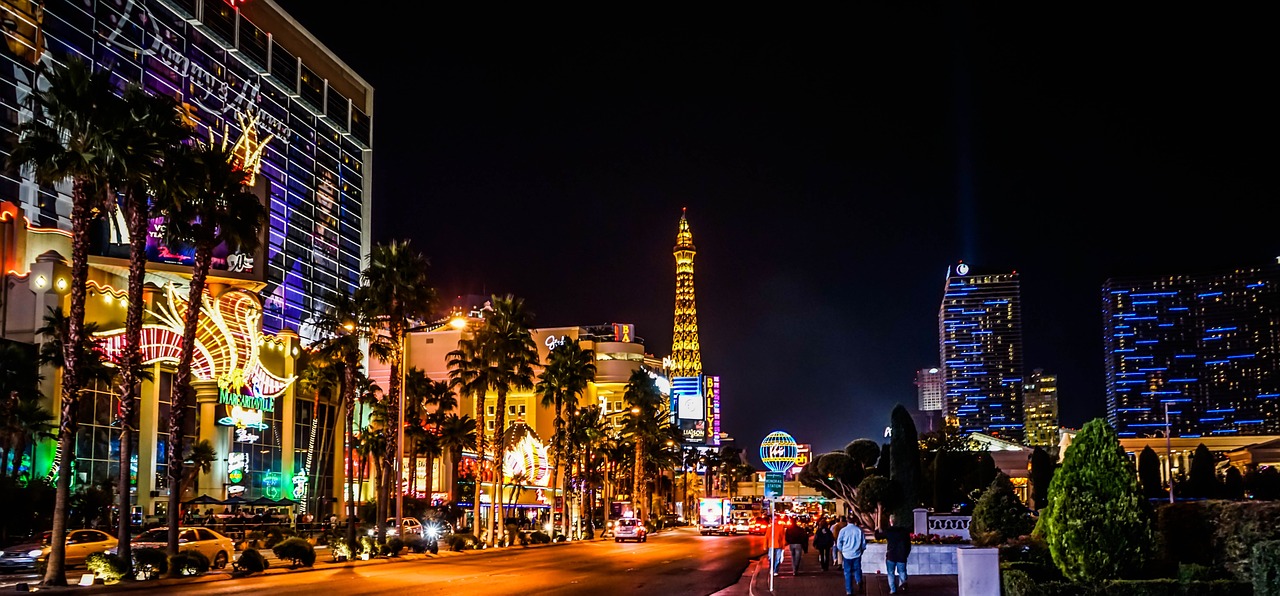 When we think of Las Vegas we think of casinos that line the famous Las Vegas Strip, but it was not always like this. The early days of Las Vegas were very different from what developed in the latter part of the twentieth century.
When we think of Las Vegas we think of casinos that line the famous Las Vegas Strip, but it was not always like this. The early days of Las Vegas were very different from what developed in the latter part of the twentieth century.
Las Vegas was once part of Mexico and it named by the Spanish; the term Las Vegas means the meadows. Although much of the surrounding land was (and still is) barren desert, Las Vegas was an oasis irrigated by artesian wells.
The native population were Paiute Indians, but by the beginning of the twentieth century a railroad had been built and the place became a regular stop for early European pioneers who went on to create the many mines to be found in the area.
Two major turning points in the history of the town were the opening of the Hoover Dam in 1935, which encouraged more people to settle in the area, and the legalisation of gambling in 1931 which was the spark for the creation of casinos and casino hotels. However, most of the early ones were run by organised crime. The reign of the Mob was brutal, though eventually internal rivalries plus increasing federal determination to clean up the town saw it crumble.
Eventually corporations moved in and notably the multi-millionaire Howard Hughes took an interest and bought up several casinos. This resulted in considerable land building and Las Vegas boomed with ever more elaborate and sophisticated casino hotels.
The economy of Las Vegas is primarily derived from gaming and tourism and the first of the new type of casinos was the Mirage which opened in 1989. Until then most of the casinos had been downtown, but the mirage was built on the southern Strip. Many more followed and the Strip casinos took over from those based downtown, with the result that for a while downtown business became difficult, though more recently it has been regenerated.
But the Strip remains the most important part of Las Vegas and is a must visit place for tourists and gamblers from all over the world.





Leave a Comment